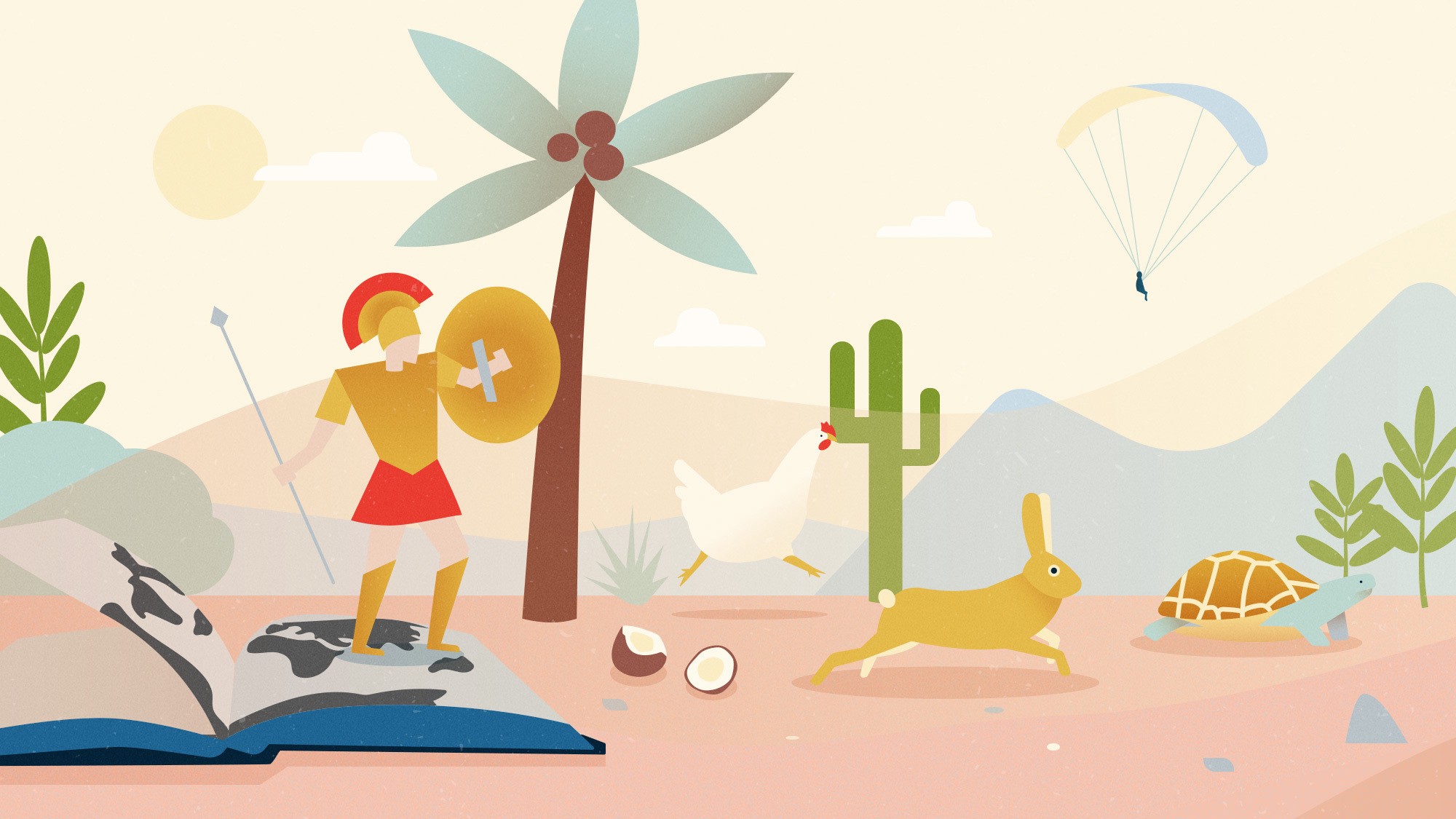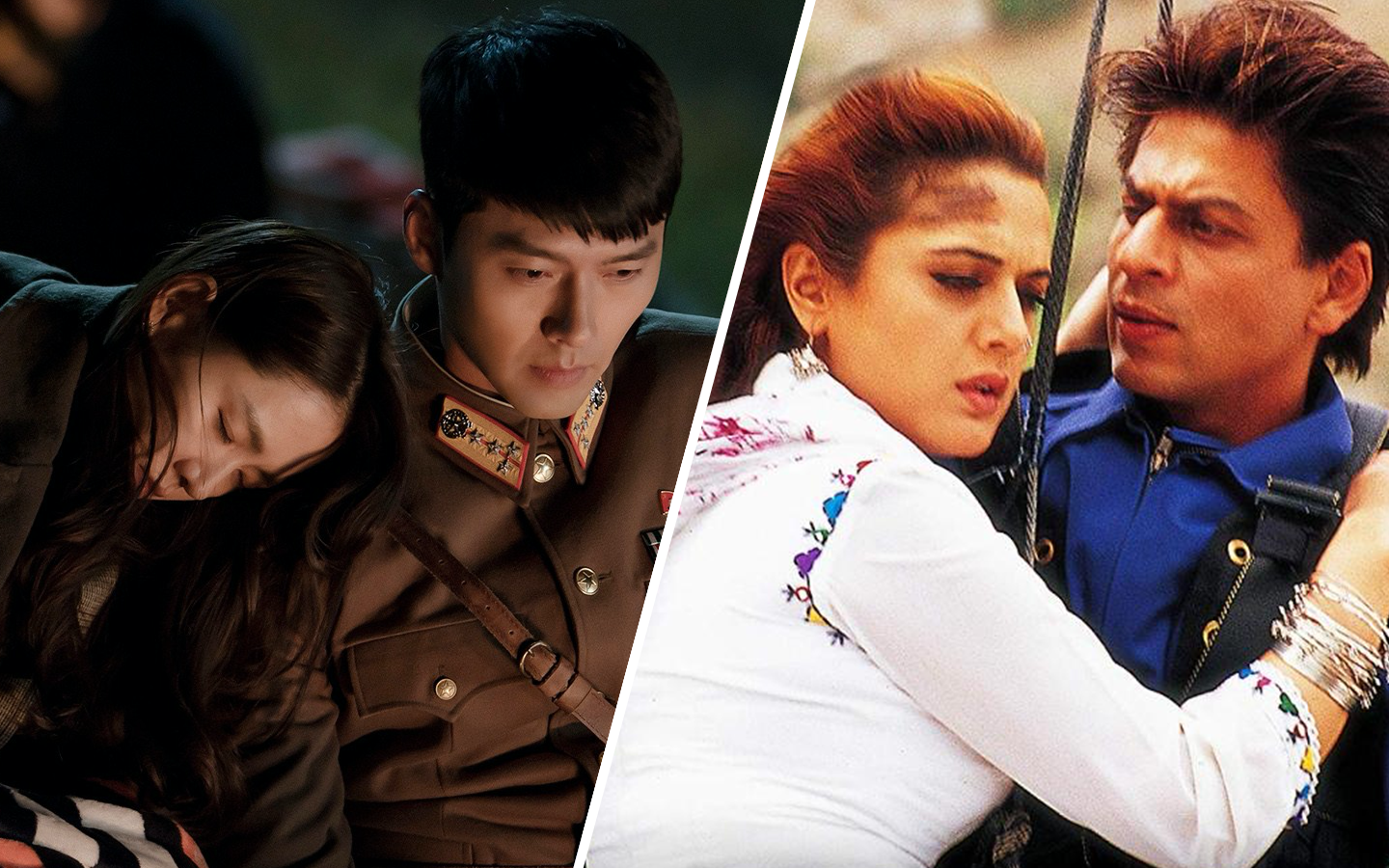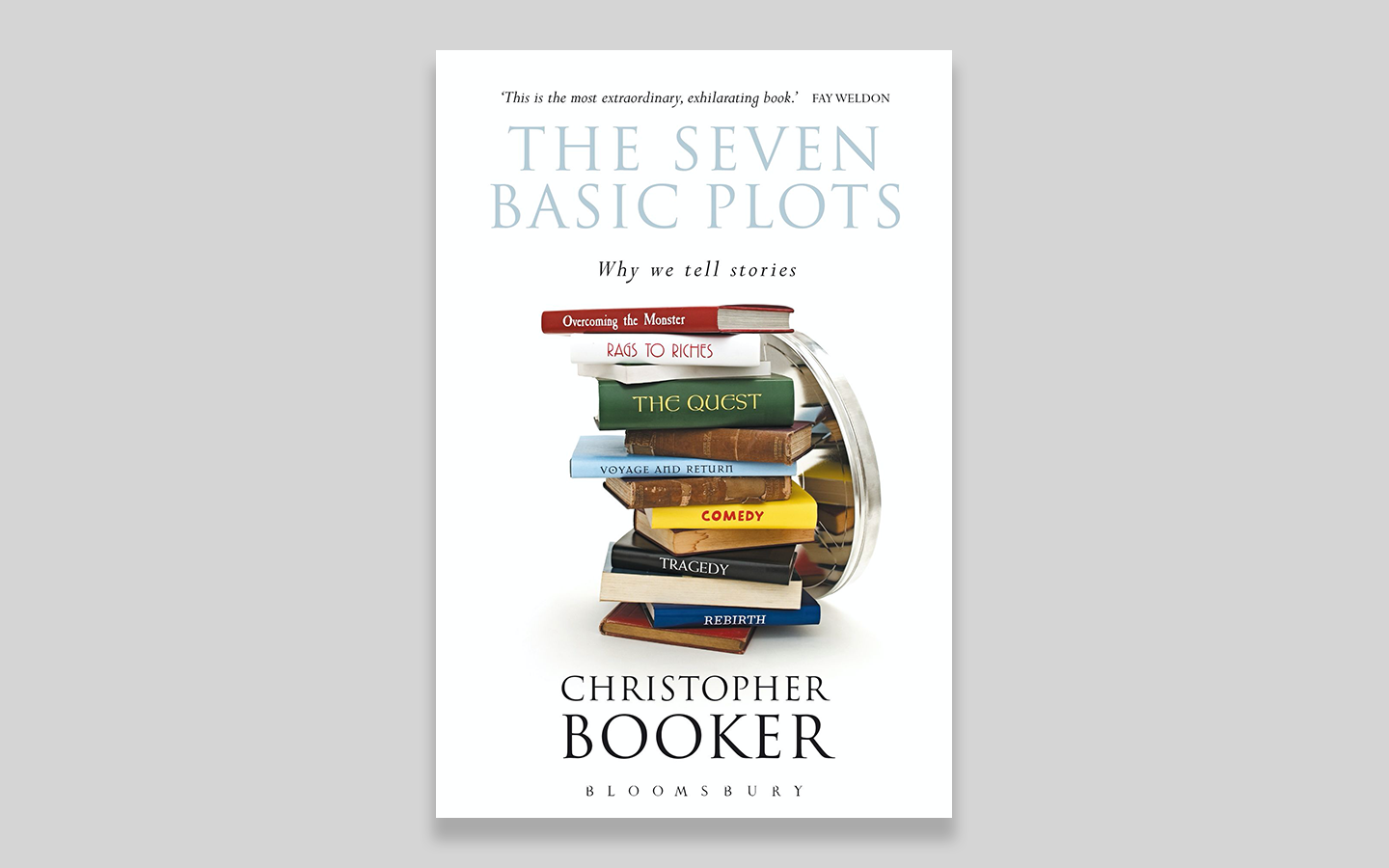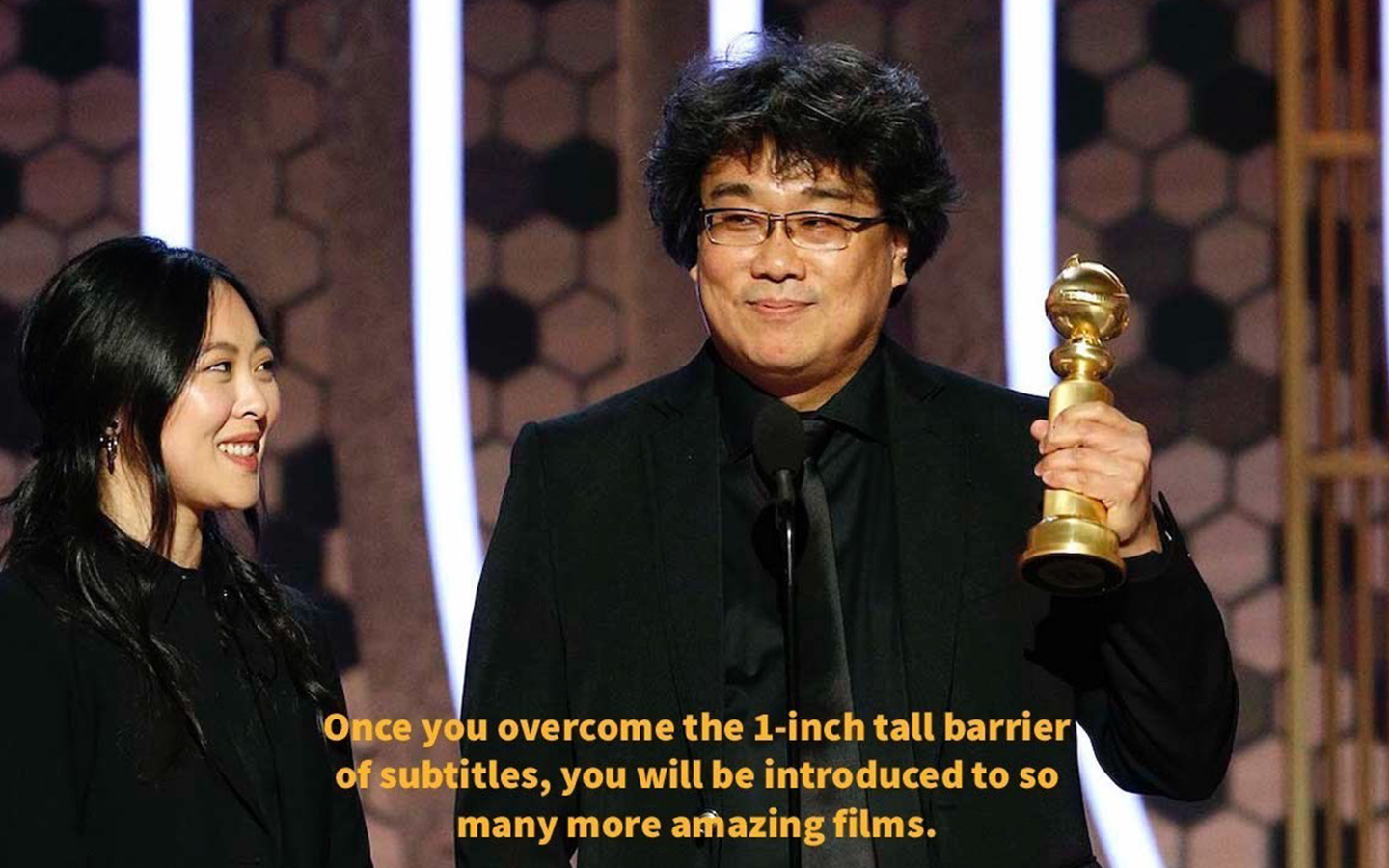The Universal Power of Stories

Do you know what happened when…?
"Ummmm… I think I'm not hungry," five-year-old me said, sliding off my grandma's lap, after glancing at the staple dal-rice-okra sabzi she'd served me. "Tsk tsk," replied my grandma, shaking her head. "I guess we'll never know what happened next to Bakri Bai's three kids." Fully intrigued, I sat back down. "Alright," she bargained, "you eat, I'll tell you the story."
And that's how she got me every time. Hook, line, and sinker, using stories as bait.
Many decades later, as I try to push food into my own five-year-old, I use my grandma's tricks. It works every time. Like a charm. (What it is about Asian caretakers and their compulsive need to force feed their progeny is a topic for another article.) My grandma's Bakri Bai (literally, Madam Goat) is, coming out of my mouth, now the mother of the Three Little Pigs. And they have an evil wolf to deal with. And I have to make the story last at least until my five-year-old's plate has been emptied.
Talking to other friends (who are also now moms), I realize that our parents used stories to feed us, put us to sleep, reprimand us, teach us lessons, inspire us, and even scare us. Like some sort of sorcery, "Did you know about…?" drew us in and kept us engaged until the task at hand had been completed or the message delivered. Such was the power of stories. Such IS the power of stories.
Universal Power
Ancient humans realized this power and used it to pass on information, to set rules in place, to inspire, to make sense of the world around them, and, of course, to entertain. Long before the printing press left its indelible mark (sorry, couldn't resist the pun) on the world of storytelling, stories held our collective imagination, being passed on from mother to child, teacher to student, old to young, the wise to the knowledge-seeker. This oral transmission of stories was then boosted, first by printed books, then by radio, then television, and, now, by the internet. So, what age you are or what age you were born in doesn't matter - the story of the brave warrior with one deadly weakness is a story you've certainly heard. Karn from the Hindu Mahabharat, Samson from the Bible, and Achilles from Roman mythology are all manifestations of that same story that transcends ages and cultures.
A prime example of the universal power of stories is their continued existence over time. The Panchatantra Tales, a series of inter-related animal fables originally written in Sanskrit, date back to approximately 200 BCE. While no original written text survives, translations abound in around 50 languages. As with all good stories, they have evolved with the times, the setting has changed from Kashmir to South India, but they still retain their moral essence and deliver the same learnings.
Not only have The Panchatantra Tales inspired generations of sub-continental Indian children, they also inspired Jean de la Fontaine who published his own Fables in 17th century France. Recognizing the source material, he said, "This is the second book of fables that I present to the public… I must acknowledge that the greatest part is inspired by Pilpay, the Indian sage."

Migration of Stories
Migration of people (carrying their memories and texts) is one way stories get around. When Buddhist monks moved from India further East to spread the teachings of Buddha, they took with them The Jataka Tales. Stories like "The Turtle Who Couldn't Stop Talking" are now common knowledge in large swathes of India, Thailand, and Burma. In fact, other stories from The Jataka Tales have been reincarnated in the West under new names: "The Timid Rabbit" became "Henny Penny" or "Chicken Little" and "The Swan with Golden Feathers" became "The Goose that Laid a Golden Egg."
It should be noted that anthropologists and academics are divided on whether there is one original version of these stories that then spread around the world as people moved, or if these stories with important human values of goodness and humility found root at the same time in different parts of the world. In either case, they encourage timeless, ethical values and their endurance is a testament to their appeal.
A more recent example of stories getting around is the resemblance between last year's hottest K-drama Crash Landing on You, and the 2004 Indian movie Veer-Zaara. The two share an underlying base story that follows a beautiful, feisty young lady hailing from a prominent family, Yoon Se-ri in CLOY and Zaara Haayat Khan in VZ, who finds herself across the border in enemy territory. In CLOY it falls on the dashing Ri Jeong-hyeok and in VZ it becomes the responsibility of the charming Veer Pratap Singh to take the stricken ladies back to their own countries. Yes, both Ri Jeong-hyeok and Veer Pratap Singh are part of their country's defense forces. Yes, both couples fall in love. Yes, both acknowledge it too late. Yes, both are ultimately reunited after many trials and tribulations.
The similarities between the points of origin are obvious. A group of people who shared a common land, a shared history, and a shared culture over millennia were one day divided by an arbitrary line drawn by an outsider. That line became bitterly contested over time. That line also became the source of many skirmishes, fights, and deaths. And the source of jingoistic stories, romances, and legends. Both CLOY and VZ reflect the angst of a people divided, the meaninglessness of a border when something higher (like love) is at stake, and the deep set yearning for reunification or peace. So even though the two stories are set 37 years apart, in two ethnically different sets of people, they tell the same tale, evoke the same emotions, and equally humanize the 'enemy'. Is it any wonder then, that both found such resounding commercial success not only in their country of origin but also amongst a wider diaspora scattered all over the world?

The Seven Basic Plots
It would be remiss to not talk about The Seven Basic Plots by Christopher Booker. In his 2004 tome, Booker describes seven types of plots that can cover the gamut of stories throughout all time: Overcoming the Monster, Rags to Riches, The Quest, Voyage and Return, Comedy, Tragedy, and Rebirth. He asserts that these plots have been recycled, up-cycled, and reused in stories, ad infinitum. While Booker's premise seems like a dampener on our collective creativity, it does lead me to wonder if humans over all the millennia of our existence have had the same basic motivations, needs, desires, aspirations, follies, and weaknesses. And, therefore, we tell the same stories.
What does that mean for us storytellers? Do we accept the seven basic plots as the framework or limitation for all our future creative endeavors? Or do we merely acknowledge their existence as one acknowledges the presence of the blue sky overhead? Of course, not every artform can strictly be put in one of the seven boxes, but our ability to group so many of our classics in this manner points towards the universality of our human experiences. And to our ability to use them to create stories that find resonance over time and over cultures. Crash Landing on You and Veer-Zaara are examples of the Voyage and Return plot, but so are Alice in Wonderland and Goldilocks and The Three Bears. The characters and details change, but storytellers continue to try to illustrate ideas that are the core of our being.

The Role of the Internet
The internet in our modern times has certainly played a part in the global spread of stories, particularly in the form of popular cinema, TV dramas, or net series. It provided a platform for many storytellers to find niche and not-so-niche audiences for their efforts. And while the internet provided this platform uniformly to all, some stories have found more acceptance and recognition across the world than others. Bong Joon-ho's acclaimed Parasite is the flag-bearer for Asian stories finding worldwide recognition, though it certainly isn't the only one. Some 18 million viewers stream K-dramas in the U.S.; Studio Ghibli, the Japanese anime giant, after resisting digital releases for so long has partnered with HBO Max, and seven new Indian movies are up for release on Amazon Prime this year in addition to the hundreds of titles already on Amazon Prime, Netflix, and Hulu. The pace at which the streaming platforms are expanding their non-US content, is an indication that the one inch subtitle barrier (as Bong Joon-ho put it) is rapidly vanishing.
This has given directors, actors, and writers access to audiences that they would have never even dreamt of a few years ago. Surprisingly, these incredibly talented content creators are putting out stories deeply rooted in their own cultures that wind up being equally resonant in cultures halfway across the world. Americans today are aware of not only 'oppa' and 'eonni' but also of differences between bibimbap and kimbap. Young people in South Carolina are turning to the internet to help them interpret the meanings of Korean words in popular BTS lyrics. And in an ode to the popularity of all things Asian, Lays even launched a limited-edition kimchi flavored chip.
The U.S. Census reports an uptick in the number of inter-racial marriages. While the numbers aren't huge, they are growing. Our comfort with seeking life partners that do not look like us or come from homes that don't look like ours points towards a larger trend in America. Globalization of cultures and their entry into our entertainment space have made less rough the edges of historical racial animus, making us more accepting towards 'the other'. What Will and Grace did for the LGBTQ community in normalizing a way of life, Kim's Convenience is doing for the immigrant diaspora.
Onward…
The way our entertainment choices are changing the way we look at ourselves, at others around us, and at the world in general, should provide a heads-up to marketeers. America is changing. And stories from half-way across the globe are leading the change. Marketeers can seek comfort in the fact that, at the end of the day, universal truths resonate with audiences. Universality of human experience will triumph. So, whether it is Seven Samurai or Avengers: Endgame, the monster will be overcome. Stories that are authentic to our human experience will find place in our consumers' hearts no matter what culture or time we set it in.
Then again, the Maha Upanishad written eons ago, put it best, "Vasudhaiva Kutumbakum." The world is one family!